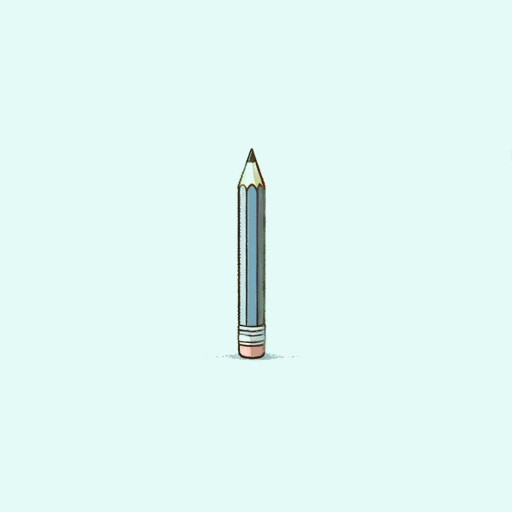68 pages • 2 hours read
Jarrett KrosoczkaHey, Kiddo: How I Lost My Mother, Found My Father, and Dealt with Family Addiction
Nonfiction | Autobiography / Memoir | Middle Grade | Published in 2018A modern alternative to SparkNotes and CliffsNotes, SuperSummary offers high-quality Study Guides with detailed chapter summaries and analysis of major themes, characters, and more. For select classroom titles, we also provide Teaching Guides with discussion and quiz questions to prompt student engagement.
Summary and Study Guide
Overview
Hey, Kiddo: How I Lost My Mother, Found My Father, and Dealt with Family Addiction is a 2018 graphic memoir by Jarrett J. Krosoczka. A finalist for the National Book Award, it earned praise for its compassionate and honest portrayal of a child growing up in a family marked by addiction and abuse. This guide refers to the 2018 Graphix edition.
Plot Summary
The story traces Jarrett J. Krosoczka’s childhood and his family. Beginning and ending with stories of Jarrett as a teenager in the 1990s, the book dips back into his family history, retelling the high-school romance of his grandparents, Joe and Shirley, and the painful life of his mother, Leslie. Leslie was the second of the couple’s five children, and she got pregnant with Jarrett when she was still in high school. Addicted to heroin, she struggled to take care of Jarrett and was sent to jail and then to a halfway house. She would be in and out of custody for the rest of her life.
The young Jarrett, unaware of his mother’s illness and imprisonment, went to live with his grandparents. They were loving but volatile: Both his grandmother and grandfather had problems with alcohol, and his grandmother was sometimes verbally abusive. However, they took good care of him and were mostly supportive of his ambitions to be a cartoonist.
Jarrett developed a deep connection with his grandparents but was also confused and sad at the disappearance of his mother. The two maintained a relationship through letters; while his mother never explained where she had gone, she encouraged him to draw. Like her son, she had a talent for art, and they traded cartoons back and forth during her imprisonment. Jarrett reproduced some of their letters and drawings in the book.
When Jarrett was an older child, his grandparents sat him down to tell him that his mother had struggled with addiction and was in prison, and they also told him about his father, Richard. Also a teenager at the time of Jarrett’s conception, Richard had offered no support to Leslie and had never been in touch with Jarrett.
Initially, Jarrett has no interest in getting in contact with his father. As he gets older, his feelings begin to change. He grapples with anger at both of his parents for the different ways they neglected him. As a small child, he wants nothing more than for his mother to come home, but as he gets older, he begins to lose patience with her frequent relapses and feels hurt by her absence. He also chooses at last to reach out to his father and discovers that he has two half-siblings, who matter-of-factly accept him as their brother. He develops an unexpected relationship with the kids and with Richard.
He also has to struggle with the difficulties of his grandparents raising him. The pair care deeply for Jarrett, but their own relationship is sometimes chaotic, and Jarrett is upset both by their fights and by being the only kid at school who doesn’t have “parents.” He slowly comes to terms with the hand life has dealt his family, but he only really understands what his grandparents have done for him after he asks them not to attend an important graduation ceremony. Guilty over their hurt feelings, he recognizes that they’ve been better parents to him than his biological parents—especially in encouraging him to take art classes.
Throughout these family dramas, Jarrett is learning to be a cartoonist, and reproductions of his childhood art reflect his story as he narrates it. While he’s at first disappointed that he wasn’t accepted into RISD (the prestigious Rhode Island School of Design), we learn that he at last transferred there as a sophomore and began the artistic career that led to the creation of Hey, Kiddo.

